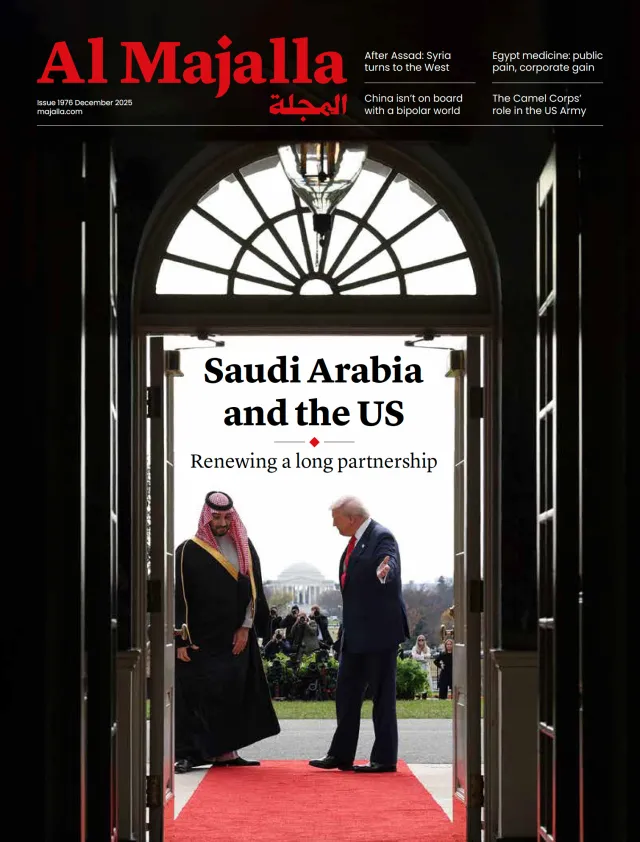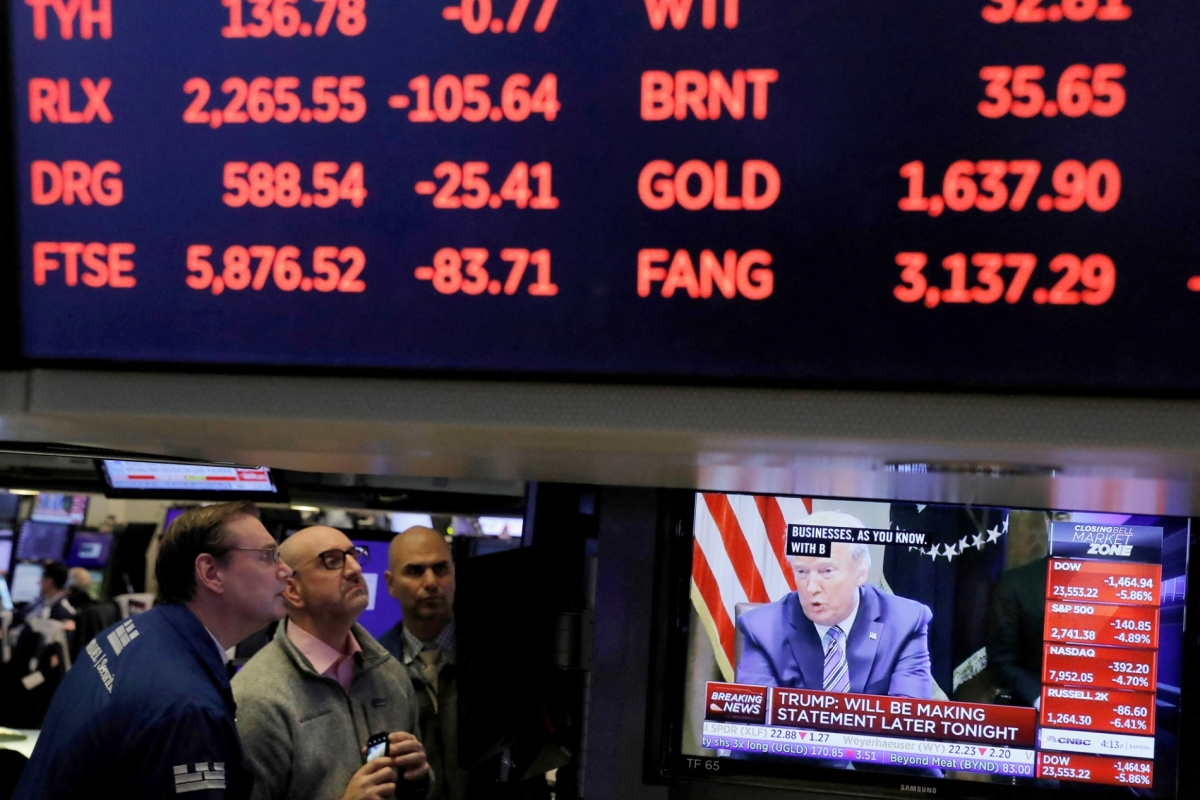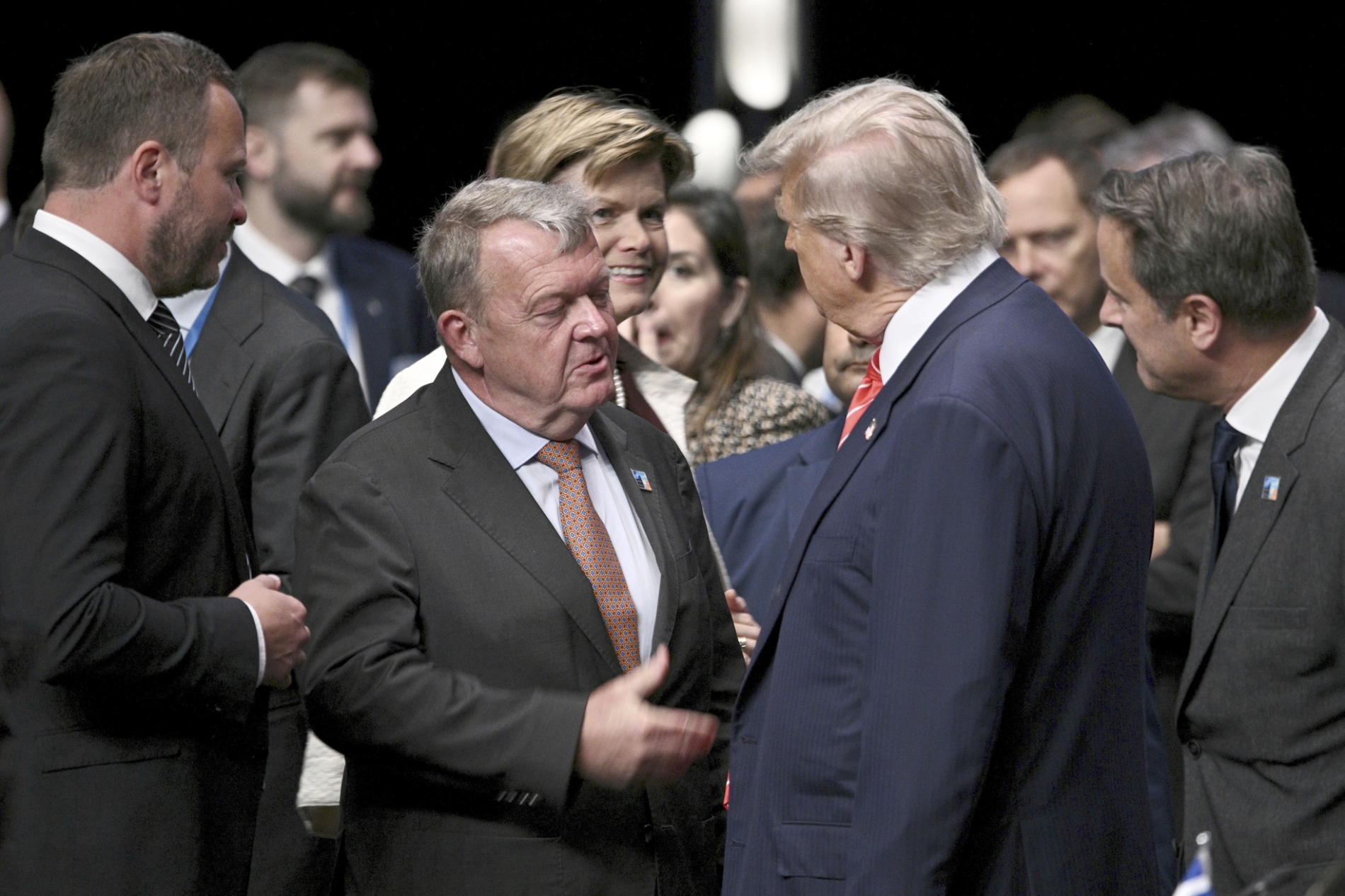After six months, US President Donald Trump’s trade wars show no signs of slowing down, with his ‘America First’ doctrine showing little distinction between friend or foe. In his latest swipe, Trump threatened to slap Russia and its key trading partners with “very severe tariffs” if the war in Ukraine is not resolved within 50 days.
Analysts warn that the world economy may be heading into a new deadlock, with fresh tariffs set to take effect in early August, but Trump appears to be standing firm and linking the latest escalation to stalled peace-making efforts. “I’m extremely disappointed in President Vladimir Putin, he said. “I thought we’d have a deal two months ago. If there’s no deal in 50 days, it’s simple: we’ll impose 100% tariffs.”
So-called secondary tariffs, imposed on those who trade with the sanctioned entity, have long been mooted but never enacted, so this represents a step up in Trump’s efforts to get Putin to end the war. Russia’s top trading partners include China, India, Belarus, Kazakhstan, Armenia, Vietnam, Serbia and North Korea.
Beyond Ukraine, leaks suggest that a wide range of countries could face tariffs ranging from 10 to 50%, with a default rate of 30% in most cases. Targets reportedly include the European Union (EU), Canada, Mexico, Brazil, Japan, several Arab states, South-East Asian countries, and parts of Latin America and Africa. Trump has also suggested placing high tariffs on key raw materials like copper, aluminium, steel and iron.
Widening trade deficit
Figures from Trading Economics show that the US posted a net trade deficit of $71.5bn in May, with gross deficit figures nearing $87bn. Exports dropped by 4% to $279bn, down from $290.5bn in April. Trade imbalances with major partners remained stark: $22.5bn with the EU, $15bn with Vietnam, $14bn with China, and $13.5bn with Mexico.

According to the US Congressional Committee on Foreign Trade, America’s goods trade deficit for the 12-month period ending April 2025 stood at $1.39tn. While the country posted a $308.8bn surplus in services, the net trade deficit still hovered around the $1tn mark, the equivalent of the Pentagon’s annual budget. Projections suggest that federal debt will reach a whopping $36tn by the end of 2025—equivalent to nearly a third of global GDP.
The resulting pressure is already visible in US financial markets, where investor confidence has dipped, amid warnings that the EU will retaliate with its own tariffs on American goods. In the first quarter of this year, US imports surged to $1tn, up $158bn from the same period last year. Most of this increase came from consumer goods, pharmaceuticals, vehicles and industrial equipment.












